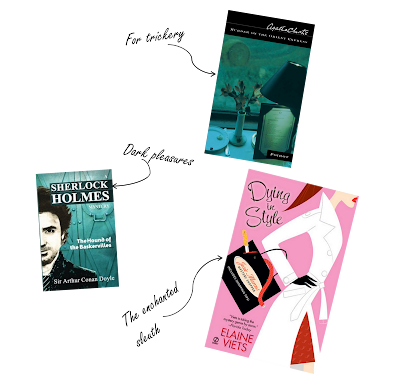I think that I love romances because
I enjoy the relationship conflict. How much fun is it to sit with friends and
analyze relationships between us and another person? Well, romance novel do
exactly that! Romance is a kind of conflict. Even if a murder occurs, it just a
device to introduce the hero. Therefore, solving a case would take a distant backseat
to the romance.
Scene action is shorter with the sequel (inner thoughts) are very long. The reader has to feel and explore the nuances of the heroine’s emotion, especially since they change every time she is in conflict with the hero. A thrilling part of romance is sorting of the feelings to figure out if it is true love or not. At the end of a scene, the heroine and hero separate and reflect on what just occurred.
The hero and heroine will review scenes from the book. The hero and heroine will go over several key moments that occurred with the love interest. This is when it is important for the writer to keep the story goal in mind.
Show the character’s motivation explaining why the hero is not a beast after and argument. This keeps the hero sympathetic and maintains conflict.
A very warm viewpoint is required. Warm equals many excursions into deep thought and emotions, long internalizations, and long sequels. They include hope, intentions, descriptions of tactile sensations. The writing style tends to be very connotative.
Good luck on romancing your readers!
Romance is used in many genres, even
action-adventure, so go ahead, spice it up! While writing a romance it is
important to spice it up by doing the opposite of what people expect and by
combining two different elements such as linking a car wreck with overcoming
the fear of love. A plot even can be a long, silent look, because internally
the relationship has taken a significant step. As you use your characters to
unfold the story, you can use them to talk about a character who hasn’t
appeared yet. If the reader likes one of the talking characters, the reader
will adopt the character’s impression of a new character. This information can
be truth or lies. The readers will wait and compare information to the
character’s actions once they are introduced.
Names… oh my! Coming up with good
character names is tough for me. Names are really important and they affect the
readers’ perception of the character. Romance writers should use glamorous
names such as Vivian Bijou. French is alluring, right?
Subtext is very important in
romances. The woman says that she never wants to see him again, he leaves, she
gets upset. He doesn’t get the subtext of what she really wants, but the reader
does.
A lot of rules go into a romance.
These rules don’t come from me, they’re from the publishing houses. Every time
the hero and heroine is apart, they must be thinking of each other. They can
only be interested in each other. No third party can be involved because it ruins
the happily ever after ending (which is another rule). Also, the story is
mainly told from the heroine’s perspective. Historical romances must follow the
same rules. Scene action is shorter with the sequel (inner thoughts) are very long. The reader has to feel and explore the nuances of the heroine’s emotion, especially since they change every time she is in conflict with the hero. A thrilling part of romance is sorting of the feelings to figure out if it is true love or not. At the end of a scene, the heroine and hero separate and reflect on what just occurred.
The hero and heroine will review scenes from the book. The hero and heroine will go over several key moments that occurred with the love interest. This is when it is important for the writer to keep the story goal in mind.
Show the character’s motivation explaining why the hero is not a beast after and argument. This keeps the hero sympathetic and maintains conflict.
A very warm viewpoint is required. Warm equals many excursions into deep thought and emotions, long internalizations, and long sequels. They include hope, intentions, descriptions of tactile sensations. The writing style tends to be very connotative.
Good luck on romancing your readers!




